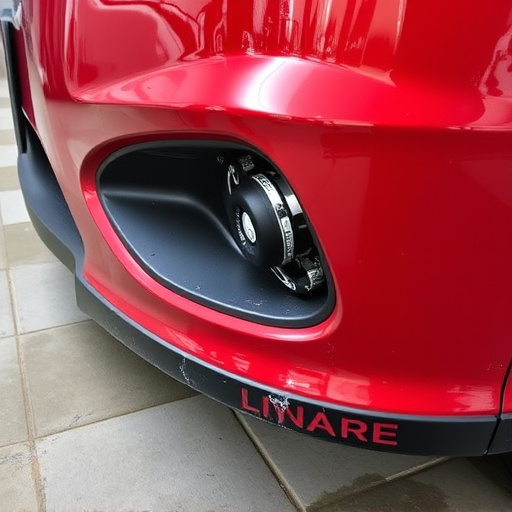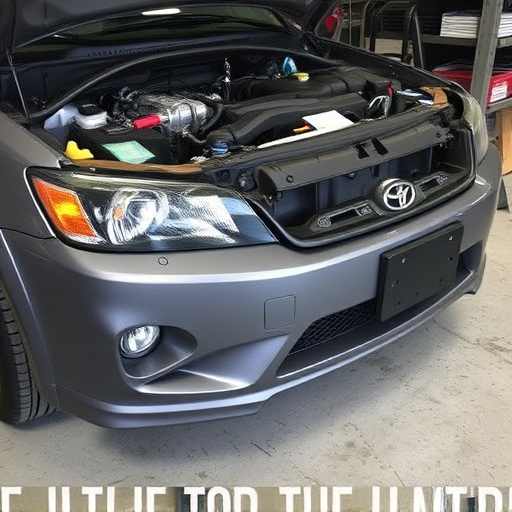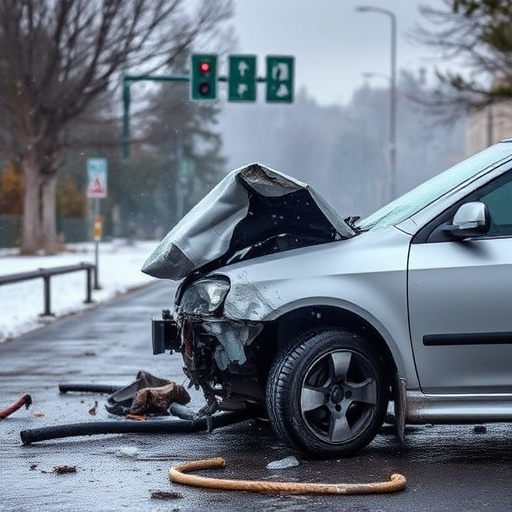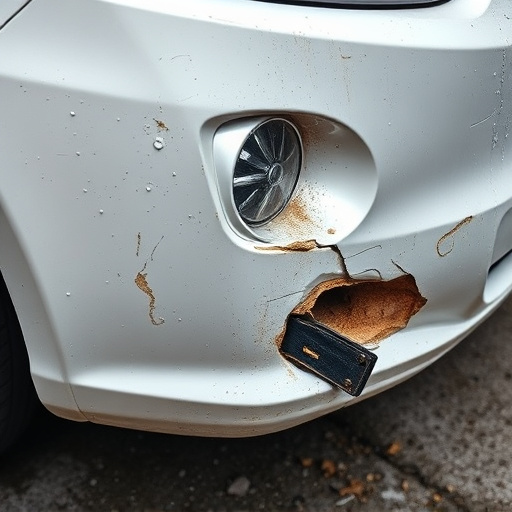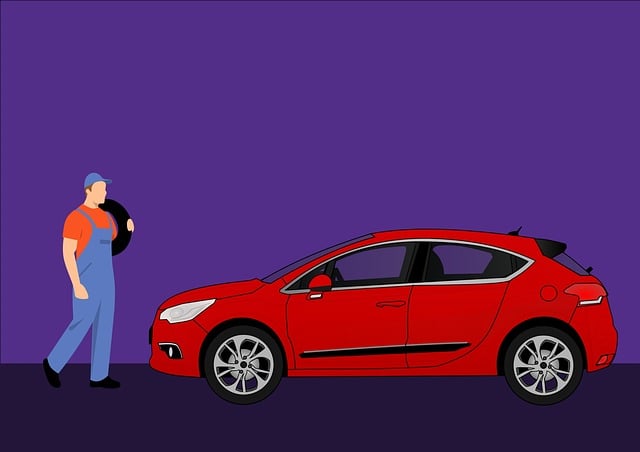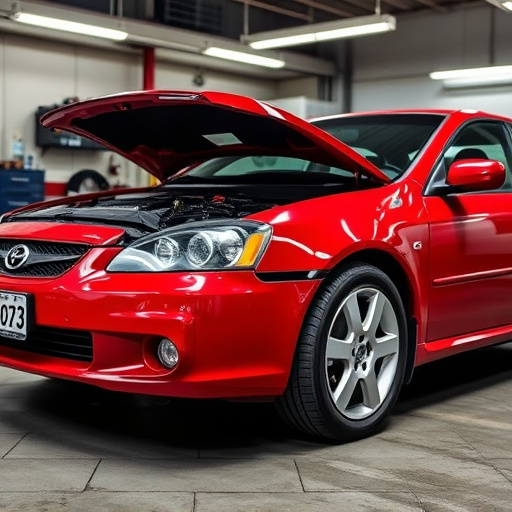Crash damage repair processes vary based on vehicle damage extent, from manual visual assessments to advanced CAD and 3D scanning for detailed measurements. Data-driven strategies ensure structural integrity during repairs, ranging from fender straightening to complex replacements. Modern technologies like 3D digital imaging, ultrasonic and thermal imaging enhance accuracy and efficiency in detecting both visible and hidden damages. Hidden Damage Detection (HDD) systems using AI algorithms revolutionize crash damage repair, offering improved accuracy, reduced misdiagnosis, faster turnaround times, cost savings, and enhanced customer satisfaction.
In the realm of crash damage repair, ensuring meticulous inspections is paramount for safe and effective vehicle restoration. While traditional techniques have long been employed, advancements in technology have unveiled hidden damage often overlooked. This article delves into the nuanced world of crash damage repair processes, comparing traditional with advanced inspection methods. We explore the implementation and multifaceted benefits of hidden damage detection, revolutionizing the industry’s standards and fostering safer, more comprehensive repairs.
- Understanding Crash Damage Repair Processes
- Traditional vs Advanced Inspection Techniques
- Implementation and Benefits of Hidden Damage Detection
Understanding Crash Damage Repair Processes
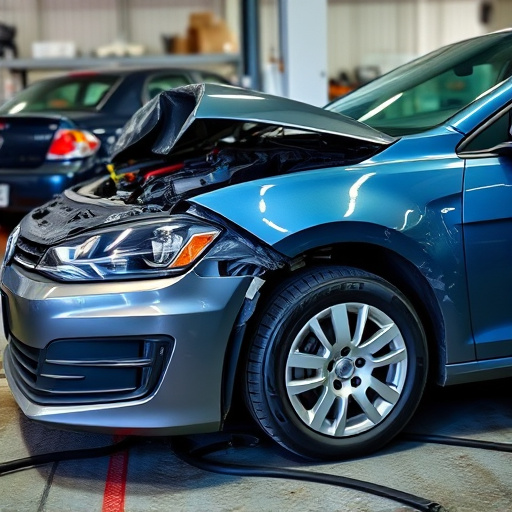
Crash damage repair processes are intricate and vary based on the extent of vehicle damage. Typically, inspections begin with a thorough visual assessment to identify visible dents, cracks, or deformations in the vehicle’s structure. This initial step is crucial as it provides an overview of the collision’s impact. Advanced techniques, such as computer-aided design (CAD) and 3D scanning, are then employed to capture detailed measurements and create digital models of the vehicle before and after repairs. These technologies enable body shop services to assess hidden damage, especially in complex areas like panels, fenders, and frames, which might not be immediately apparent during a cursory inspection.
Collision repair specialists use these data-driven approaches to develop precise repair strategies. For instance, fender repair techniques range from simple straightening to more intricate replacement, depending on the severity of the damage. Similarly, hidden damages within the body may require specialized tools and expertise for safe removal and effective repairs, ensuring the vehicle’s structural integrity is maintained throughout the collision repair process.
Traditional vs Advanced Inspection Techniques
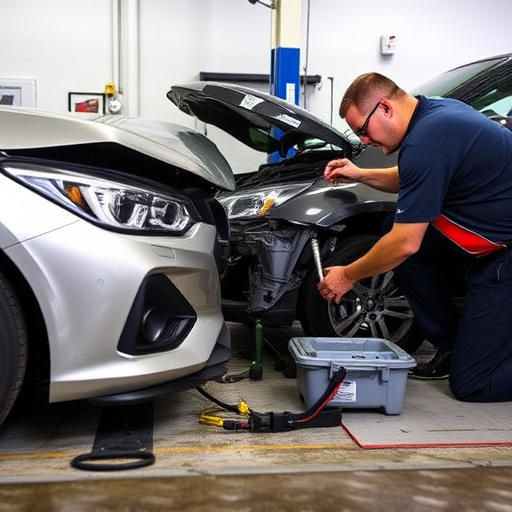
In the realm of crash damage repair, inspections are a critical step to ensure vehicles are safely restored to their pre-accident condition. Traditional techniques have long relied on manual examinations, utilizing naked eye observations and simple tools like measuring tapes and angle gauges. These methods, while functional, can be time-consuming and may overlook hidden damage, especially in complex cases of hail damage or collisions that cause internal deformations.
Advanced inspection techniques, on the other hand, leverage modern technology to enhance accuracy and efficiency. This includes employing digital imaging systems that capture detailed 3D scans of vehicles, allowing for comprehensive analysis of both visible and hidden damages. Moreover, advanced non-destructive testing methods, such as ultrasonic and thermal imaging, are used to detect internal faults without causing further harm to the vehicle’s structure, a significant advantage in auto body shops and collision repair shops dealing with delicate hail damage repairs.
Implementation and Benefits of Hidden Damage Detection
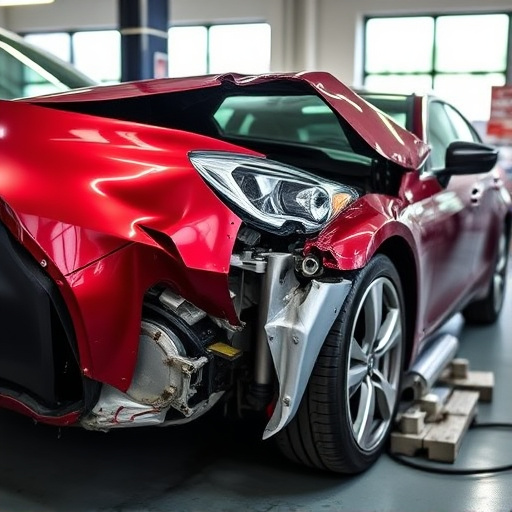
The implementation of Hidden Damage Detection (HDD) technologies is transforming crash damage repair inspections within auto body shops and auto repair shops. This innovative approach leverages advanced imaging, sensor, and AI algorithms to identify not just visible cracks and dents but also subtle internal damage that might go unnoticed during manual inspections. HDD systems can non-invasively scan vehicles, providing comprehensive digital reports that aid in accurate assessment and efficient repair planning for both modern and classic car restoration projects.
The benefits of integrating HDD into crash damage repair processes are significant. It improves the accuracy of damage evaluations, reduces the risk of misdiagnosis or overlooking hidden issues, and streamlines the overall repair process. This results in faster turnaround times, lower costs, and enhanced customer satisfaction for auto body shop clients. Moreover, HDD empowers auto repair shops to offer more precise estimates, build trust with their customers, and maintain a competitive edge in a market where precision and reliability are paramount.
Hidden damage detection has revolutionized crash damage repair by enabling more accurate and comprehensive inspections. By adopting advanced techniques, repair professionals can uncover subtle yet critical issues that traditional methods might miss. This not only enhances the quality of repairs but also ensures safety and customer satisfaction. Incorporating these innovative inspection strategies is a game-changer in the field of crash damage repair, fostering efficiency and precision.

